Milan, Italy’s fashion and financial hub, is a city that offers a rich blend of history, culture, art, and modernity. Known for its high-end fashion, stunning architecture, and vibrant cultural scene, Milan is a city that draws millions of tourists each year. Whether you’re an art enthusiast, history buff, or simply someone looking to experience the best of what Italy has to offer, Milan’s iconic landmarks are must-visit attractions that you simply can’t miss.
1. The Duomo di Milano (Milan Cathedral)
The Duomo di Milano, or Milan Cathedral, is perhaps the most iconic symbol of Milan. It is the largest Gothic cathedral in Italy and the third-largest in the world. Located in the heart of the city at Piazza del Duomo, the cathedral took nearly six centuries to complete, with construction starting in 1386 and finally being completed in 1965. The Duomo is a testament to the city’s rich history and architectural prowess.
What to See
The Duomo’s exterior is a marvel of Gothic architecture, adorned with intricate sculptures, spires, and statues. The facade is made of white Candoglia marble, which gives the cathedral its stunning appearance. Inside, the cathedral is equally impressive, with soaring ceilings, beautiful stained glass windows, and an impressive collection of artwork.
One of the highlights of visiting the Duomo is the opportunity to climb to the rooftop. The rooftop terraces offer a panoramic view of Milan, and on a clear day, you can even see the Alps in the distance. The climb is well worth it, as you’ll get a close-up view of the cathedral’s spires and statues, including the famous golden Madonnina statue, which is perched atop the highest spire.
Tips for Visiting
- Tickets: It’s advisable to purchase tickets online in advance to avoid long queues. Tickets can include access to the cathedral, the museum, and the rooftop terraces.
- Dress Code: As with many religious sites, there is a dress code. Ensure your shoulders and knees are covered.
- Best Time to Visit: Early morning or late afternoon to avoid the crowds and enjoy the best lighting for photographs.
2. Santa Maria delle Grazie and The Last Supper
Santa Maria delle Grazie is a UNESCO World Heritage Site and is home to one of the most famous works of art in the world, Leonardo da Vinci’s “The Last Supper” (Il Cenacolo). Painted between 1495 and 1498, this masterpiece is located in the refectory of the Convent of Santa Maria delle Grazie.
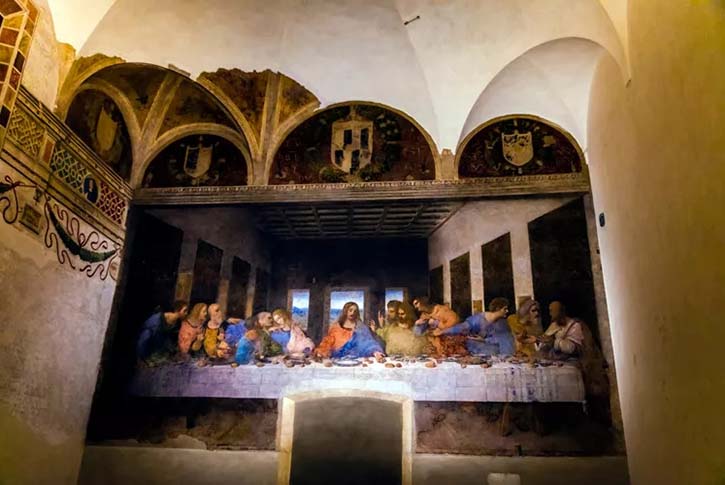
What to See
“The Last Supper” depicts the moment Jesus announces that one of his disciples will betray him. The painting is renowned for its composition, the use of perspective, and the way it captures the emotions of the figures. Seeing this iconic work in person is a moving experience and offers insights into the genius of Leonardo da Vinci.
The church itself is also worth exploring. Designed by Donato Bramante, the building is an excellent example of Renaissance architecture. The interior is elegant, with beautiful frescoes and a serene atmosphere.
Tips for Visiting
- Tickets: Due to the popularity of “The Last Supper,” tickets are limited and must be booked well in advance, sometimes months ahead. Each visit is restricted to 15 minutes.
- Guided Tours: Consider booking a guided tour to gain a deeper understanding of the painting and the history of the site.
- Photography: Photography inside the refectory is not allowed, so be sure to enjoy the moment.
3. Galleria Vittorio Emanuele II
The Galleria Vittorio Emanuele II is not just a shopping mall; it’s one of Milan’s most famous landmarks and a symbol of the city’s elegance. Built between 1865 and 1877, it is one of the oldest shopping malls in the world and is often referred to as the “living room” of Milan.
What to See
The Galleria is a stunning example of 19th-century architecture, featuring an impressive iron-and-glass roof, intricate mosaics, and a grand central dome. The four-story arcade is home to high-end shops, including Prada, Louis Vuitton, and Gucci, as well as historic cafes and restaurants like Savini and Biffi.
The central octagonal space under the dome is adorned with mosaics representing the coat of arms of the cities of Italy. One of the most famous traditions in Milan is to spin on the bull mosaic located in the center of the Galleria for good luck.
Tips for Visiting
- Best Time to Visit: The Galleria can get crowded, especially during peak shopping hours. Early morning or late evening visits are more relaxed.
- Dining: For a quintessential Milanese experience, enjoy a coffee or a meal at one of the historic cafes in the Galleria. It might be pricey, but the ambiance is worth it.
- Shopping: Even if you’re not planning to shop, the window displays are works of art in themselves, particularly during the holiday season.
4. Teatro alla Scala (La Scala Opera House)
Teatro alla Scala, commonly known as La Scala, is one of the most famous opera houses in the world. Opened in 1778, it has hosted many of the greatest operatic performances and has seen the premieres of works by composers such as Verdi and Puccini.

What to See
La Scala is not just a place for opera lovers; it’s a landmark that anyone can appreciate. The neoclassical exterior gives way to a grand interior, with a stunning auditorium that features red velvet seats, gilded balconies, and a magnificent crystal chandelier.
The Teatro alla Scala Museum offers a glimpse into the history of the opera house, with exhibits that include costumes, set designs, and musical instruments. You can also get a peek into the auditorium from one of the museum’s boxes, which is a treat even if you’re not attending a performance.
Tips for Visiting
- Tickets: If you’re interested in attending a performance, tickets can be expensive and should be purchased well in advance. However, there are often last-minute tickets available for less popular performances.
- Dress Code: There is a dress code for performances, with more formal attire expected in the main auditorium.
- Museum: The museum is open during the day and is a great option if you can’t make it to a performance.
5. Castello Sforzesco (Sforza Castle)
The Castello Sforzesco is a historic fortress that was originally built in the 15th century by Francesco Sforza, Duke of Milan. Today, it houses several of the city’s museums and art collections and is a key historical and cultural site in Milan.
What to See
The castle itself is a massive and impressive structure, with a large central courtyard and several towers. Inside, you can explore various museums, including the Museum of Ancient Art, the Museum of Musical Instruments, and the Egyptian Museum.
One of the highlights is the Sala delle Asse, a room decorated by Leonardo da Vinci with intricate frescoes. The castle is also home to Michelangelo’s final work, the unfinished sculpture known as the “Rondanini Pietà,” which is housed in the Museum of Ancient Art.
The castle grounds are connected to Parco Sempione, a large public park that is perfect for a leisurely stroll or a picnic.
Tips for Visiting
- Entry: While the castle grounds are free to enter, there is an admission fee for the museums.
- Guided Tours: To fully appreciate the history and art within the castle, consider joining a guided tour.
- Time: Set aside a few hours to explore both the castle and the surrounding park.
6. Pinacoteca di Brera
The Pinacoteca di Brera is one of Italy’s most important art galleries, housing an impressive collection of Italian Renaissance art. Located in the Palazzo Brera, the gallery is a must-visit for art lovers.
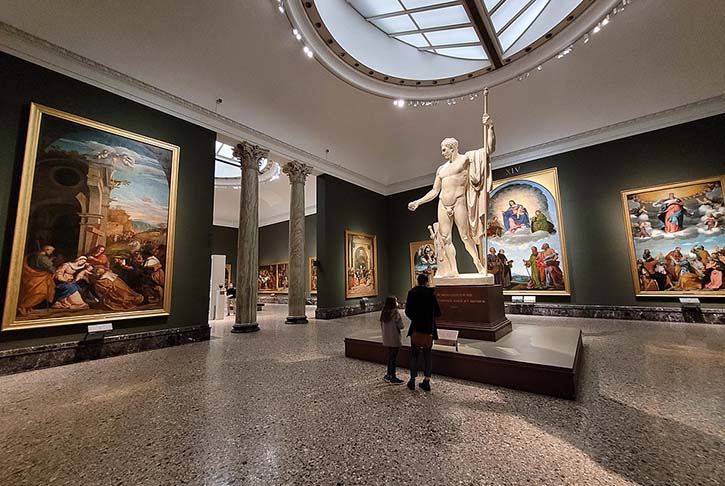
What to See
The gallery’s collection includes masterpieces by artists such as Raphael, Caravaggio, and Titian. Highlights include Raphael’s “The Marriage of the Virgin,” Caravaggio’s “Supper at Emmaus,” and Mantegna’s “Lamentation of Christ.” The gallery is well-organized, allowing you to appreciate the evolution of Italian art from the Middle Ages to the Renaissance.
In addition to the art, the building itself is worth exploring. The Palazzo Brera also houses a library, an astronomical observatory, and a botanical garden, making it a center of cultural and scientific activity.
Tips for Visiting
- Tickets: Purchase tickets in advance, especially during peak tourist seasons.
- Art Knowledge: Even if you’re not an art expert, the gallery provides detailed descriptions and information on the works, making it accessible to all visitors.
- Photography: Photography is allowed in most areas, but flash photography is prohibited.
7. The Navigli District
The Navigli District is one of Milan’s most charming and vibrant neighborhoods, known for its network of canals, lively nightlife, and artistic atmosphere. The Navigli canals date back to the 12th century and were originally used for trade and irrigation.
What to See
The two main canals, Naviglio Grande and Naviglio Pavese, are lined with cafes, restaurants, and boutiques. During the day, you can explore the artisan shops, galleries, and vintage stores. At night, the area comes alive with bars and live music venues.
One of the best times to visit the Navigli District is during the monthly Antiques Market, which takes place on the last
Sunday of each month. The market stretches along the Naviglio Grande and offers a wide range of antiques, vintage items, and collectibles.
The Navigli area is also home to several notable churches, including the Church of San Cristoforo, which dates back to the 13th century and features beautiful frescoes and stained glass.
Tips for Visiting
- Dining: The Navigli is a great place to experience Milan’s aperitivo culture. Many bars and restaurants offer aperitivo deals where you can enjoy a drink with a buffet of appetizers.
- Boat Tours: Consider taking a boat tour along the canals to learn more about the history of the area.
- Evenings: The district is particularly lively in the evenings, so plan to visit then if you want to experience its vibrant nightlife.
8. The Brera District
The Brera District is Milan’s artistic and bohemian heart, filled with narrow cobblestone streets, charming cafes, and art galleries. It’s a neighborhood that captures the essence of Milan’s cultural and creative spirit.
What to See
Start your visit at the Pinacoteca di Brera, as mentioned earlier, to immerse yourself in the rich artistic heritage of the area. Afterward, take a stroll through the streets of Brera, where you’ll find an array of boutique shops, from high-end fashion to unique artisan goods.
The Brera Botanical Garden is a peaceful oasis in the heart of the city, offering a tranquil escape from the bustling streets. The garden is part of the Palazzo Brera complex and is home to a variety of plant species, including rare and exotic plants.
For those interested in the esoteric, the Brera District is also home to the Orto Botanico di Brera and the Osservatorio Astronomico di Brera, which add to the intellectual and mystical allure of the area.
Tips for Visiting
- Shopping: Brera is a great place for shopping, especially if you’re looking for unique items that you won’t find elsewhere in Milan.
- Cafes: Take the time to relax in one of the district’s many cafes. The area is perfect for people-watching and soaking in the local atmosphere.
- Walking Tour: Consider joining a walking tour to learn more about the history and cultural significance of the Brera District.
Milan is a city that seamlessly blends the old with the new, offering a wealth of experiences for every type of traveler. From the awe-inspiring Duomo to the artistic treasures of Brera, and from the historic Navigli canals to the modern elegance of Galleria Vittorio Emanuele II, Milan’s iconic landmarks are destinations that will leave a lasting impression on any visitor. Whether you’re visiting for a weekend or a longer stay, these attractions are essential stops on your Milan itinerary.
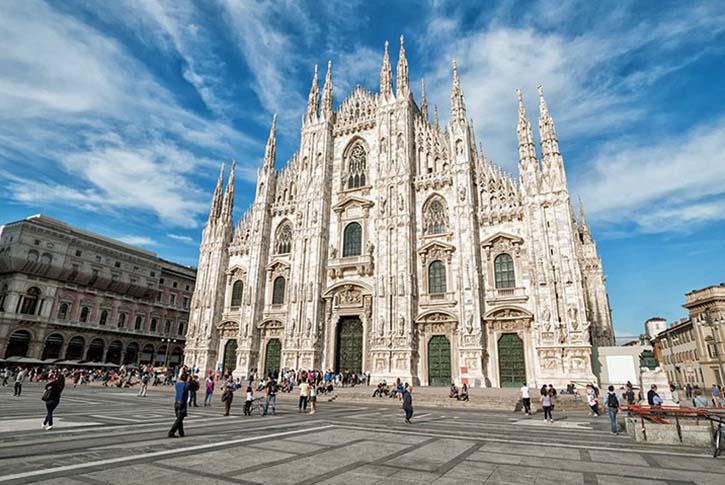
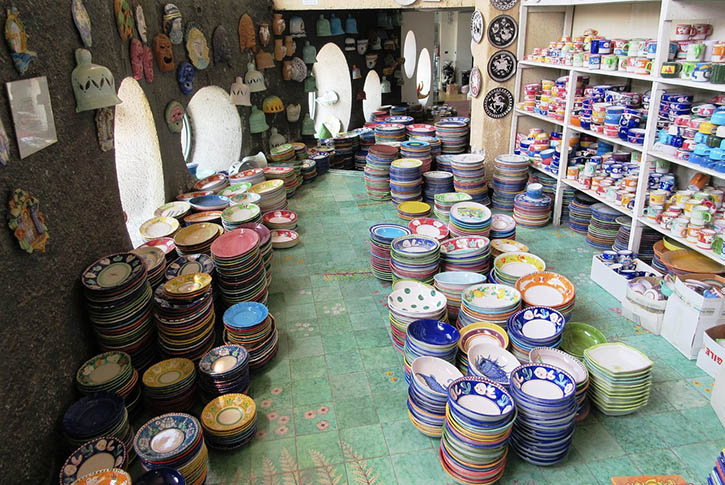

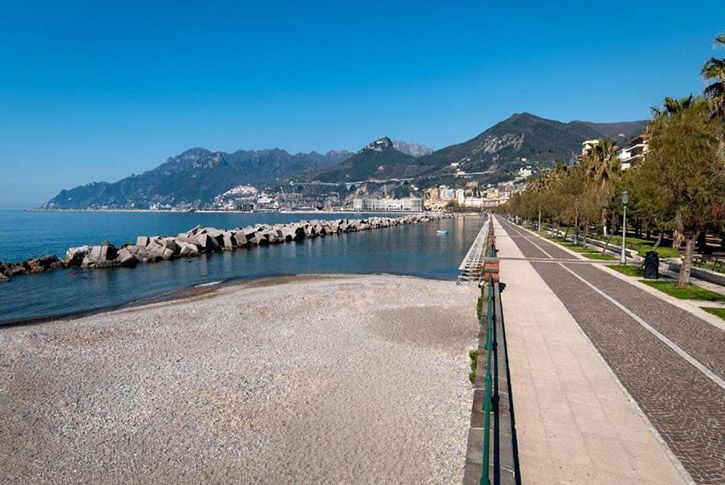
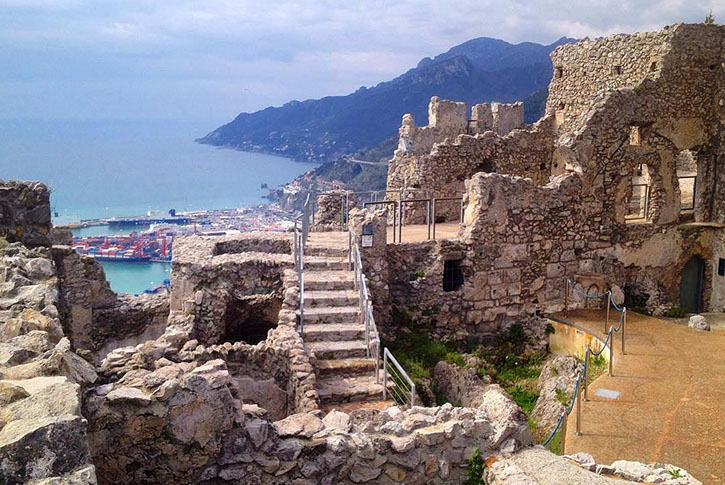
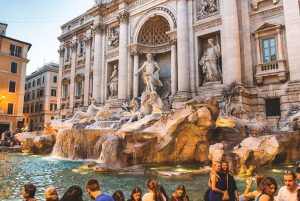


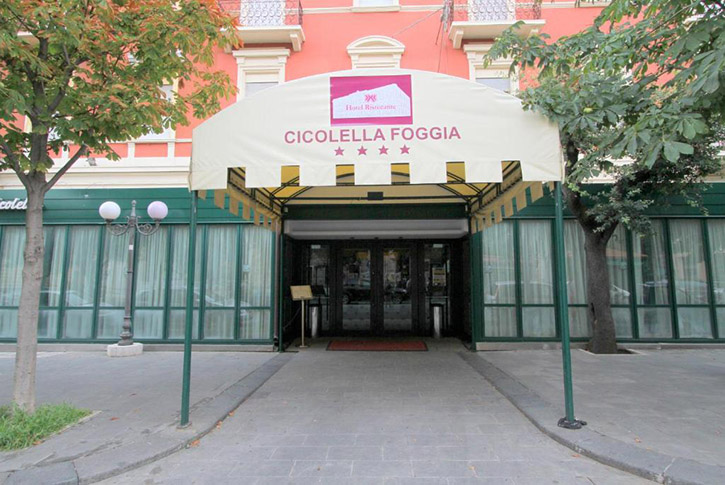
+ There are no comments
Add yours